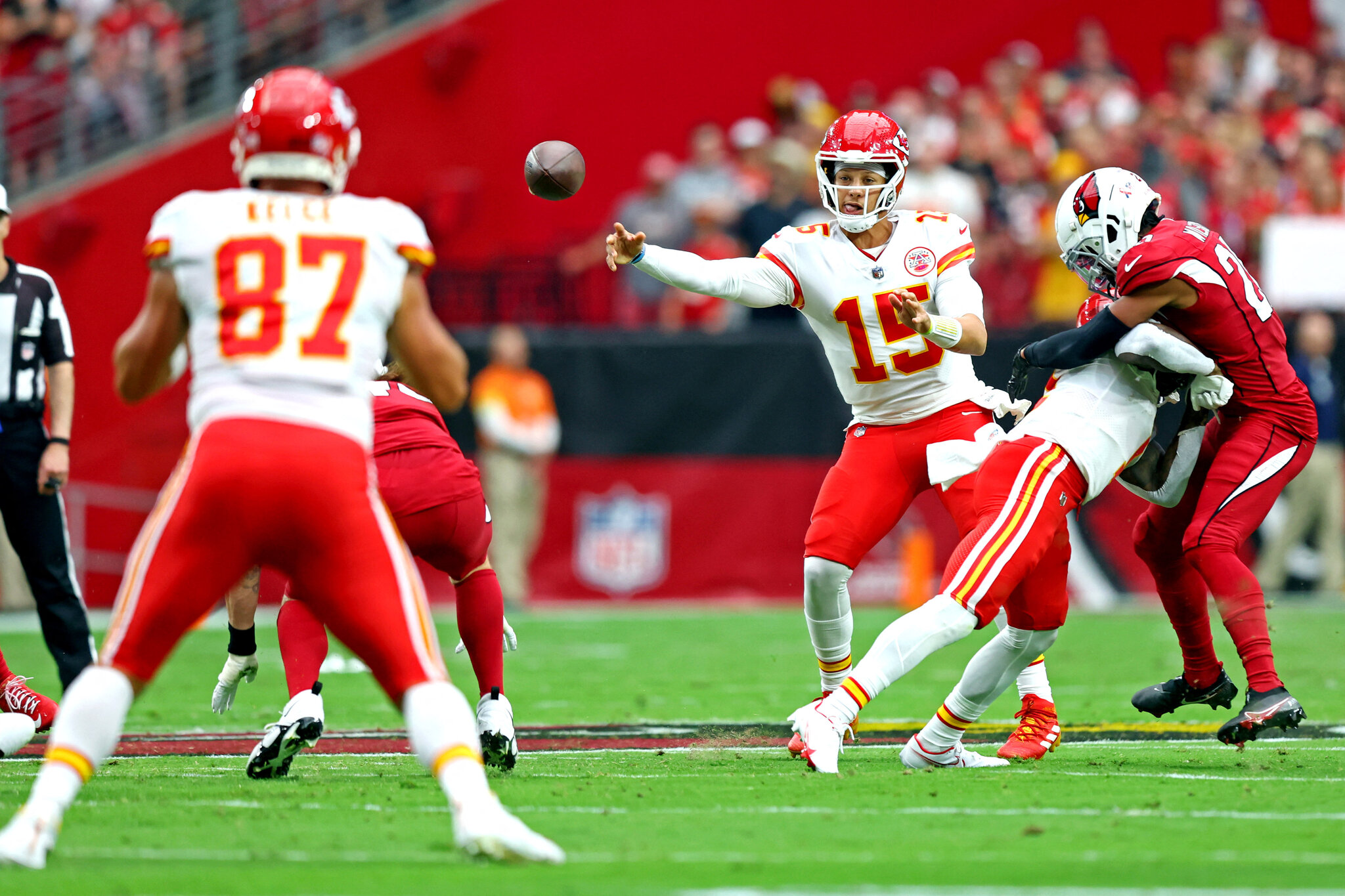In today’s NFL, the dynamics of football have evolved significantly, especially in the realm of post-touchdown attempts. As teams strive for optimal efficiency and strategic advantage, the decision-making process following a touchdown has become a critical element of the game. This article explores the complexities and strategies involved in post-touchdown attempts, shedding light on how teams approach these pivotal moments.
The Traditional PAT vs. Two-Point Conversion Dilemma
Historically, the point after touchdown (PAT) kick was the default choice for teams. With a high success rate and minimal risk, it seemed the logical option. However, in recent years, the two-point conversion has gained traction. This aggressive strategy offers two points for successfully advancing the ball into the end zone from the two-yard line, but it also carries higher risk due to its lower success rate.
Analytics and Decision-Making
Behind every post-touchdown decision lies a wealth of analytics. Coaches and teams analyze data on opponent defenses, success rates of various conversion attempts, and game situations. This data-driven approach helps teams make informed choices that maximize their chances of winning.
Strategic Considerations
1. Game Situation; The score line time remaining, and overall game strategy heavily influence the decision.
2. Opponent Strengths and Weaknesses; Understanding the opponent’s defensive capabilities and vulnerabilities is crucial.
3. Momentum and Psychology; A successful two-point conversion can swing momentum significantly in a team’s favor, impacting both teams’ morale.
Coaching Philosophy
Coaches play a pivotal role in post-touchdown decisions. Their philosophy—whether conservative or aggressive shapes team strategy. Some coaches consistently opt for the two-point conversion to keep pressure on opponents, while others prefer the stability of PAT kicks to maintain a predictable score line.
Evolution of Offenses
The rise of innovative offenses in the NFL has further influenced post-touchdown attempts. Spread offenses and versatile playmakers provide coaches with diverse options for conversion attempts, complicating defensive strategies and keeping opponents guessing.
Future Trends
Looking ahead, the future of post-touchdown attempts in the NFL remains intriguing. Advances in analytics, coupled with evolving offensive schemes, will continue to redefine strategies. Coaches will likely seek new ways to exploit matchups and optimize their team’s scoring potential.
Conclusion
The landscape of post-touchdown attempts in the NFL reflects the sport’s ongoing evolution. From traditional PAT kicks to daring two-point conversions, each decision carries implications for game outcomes and coaching legacies. As teams adapt to new challenges and opportunities, the strategic calculus behind post-touchdown attempts will remain a fascinating aspect of modern football.
